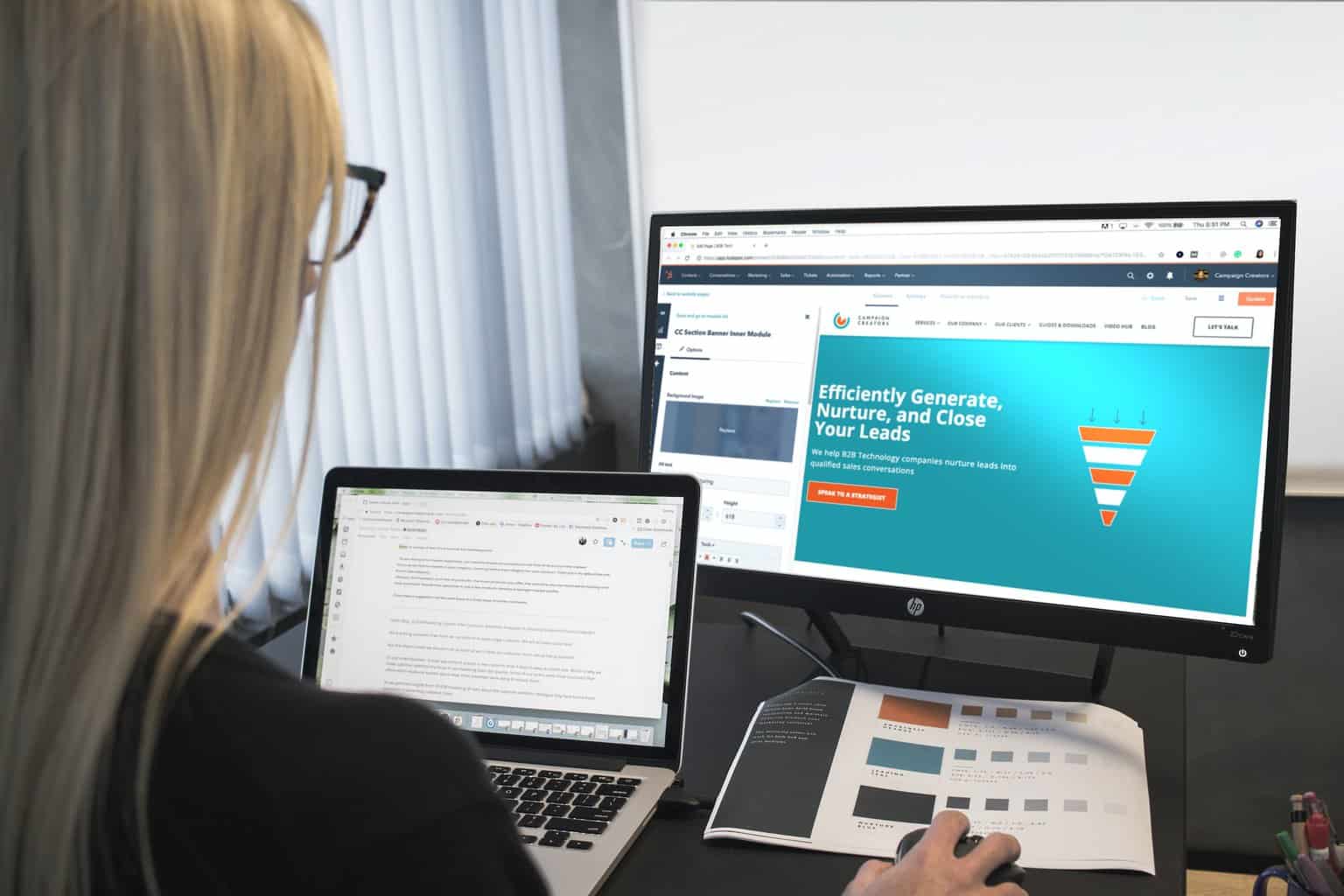
08 Mar A Beginner’s Guide to Design Systems
Are you tired of inconsistent designs and endless revisions? Do you want to streamline your design process and create a cohesive brand identity? Look no further than design systems! This beginner’s guide seeks to walk you through the highlights of what you need to know about design systems and how they can revolutionize your organization’s creative productivity.
Table of Contents
What Are Design Systems?

A design system is a collection of reusable components, guided by clear standards, that can be assembled together to build any number of applications. Furthermore, a design system is a repository of design styles that can be utilized by team workers to facilitate dynamic front-end results on websites.
Comprehensive design systems should also have a vibrant component library that stores and serves up crucial elements such as attribution design descriptions, code snippets, and unique component identifiers that should all work seamlessly in back-end and front-end frameworks.
Design systems help teams work more efficiently by giving them a shared language and set of tools to work with. They can also improve the quality of an application by ensuring that all its parts are consistent with each other.
Benefits of Using a Design System
Overall, using a design system can help to create better products that are more consistent, efficient, and easy to use. Here are some real-life examples of how a design system can render significant benefits in your business endeavors.
Better Organization
A design system is a set of rules or guidelines used to achieve consistent results across a team or organization. Design systems can include anything from style guides and coding standards to toolkits and UI libraries.
Therefore, design systems help teams work together more efficiently by providing a shared language and set of conventions to follow. They can also improve the quality of designs by promoting consistency and reuse of components.
Easy and Remote Access for All Your Creative Team Players
Design systems offer easy and remote access for all your creative team members, no matter where they are located. With a design system in place, everyone on your team can view and contribute to the same central repository of design elements and resources. This makes it easy for new team members to get up to speed quickly, and for more experienced team members to stay updated on the latest changes.
Track the Effectiveness of Your Creative Efforts
When it comes to design systems, it’s important to track the effectiveness of your creative efforts in order to improve the system overall. To do this, you’ll need to establish baseline metrics and key performance indicators (KPIs) that can be used to measure progress.
Once you have a good understanding of your starting point and what you want to achieve, you can begin tracking your progress within your design system software, and you can make relevant adjustments as needed.
Facilitates Creative Cohesion and Better Design Choices
When all of your design choices are stored in one place, it’s much easier to keep track of them and make sure they are cohesive. This cohesion is essential for creating a consistent user experience across all platforms.
A design system also allows you to experiment with different ideas without having to start from scratch each time. You can quickly try out new color schemes, web designs, layouts, or button styles and see how they work with the rest of your design. This flexibility makes it much easier to find the right design solution for your project.
What to Look for When Choosing the Right Design System
 When choosing a design system, it’s important to consider the following:
When choosing a design system, it’s important to consider the following:
The needs of your team:
What are your team’s specific needs? What kind of workflows do you need to support? Make sure the design system you choose can accommodate these needs.
The size of your team:
A design system that works well for a small team may not be as effective for a large team. Make sure to take into account the size of your team when choosing a design system.
The skills of your team:
Not all design systems are created equal. Some are more complex than others. Make sure you choose a design system that your team has the skills to use effectively.
Conclusion
Design systems offer incredible benefits to organizations that can maximize their potential. Through a consistent, scalable approach to design and development, you’ll be able to save time, resources, and energy while creating better digital experiences for your users.



No Comments